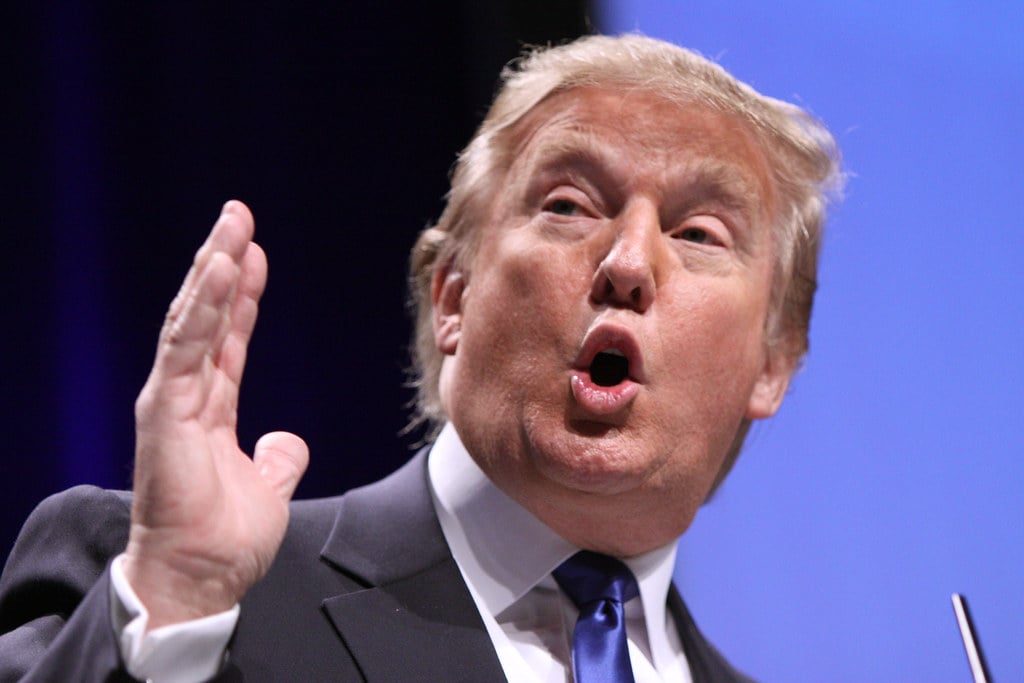Key Takeaways
- The Wall Street Journal says President Trump can’t keep blaming his predecessor for weak job growth.
- The Bureau of Labor Statistics cut nearly 1 million jobs created between April 2024 and March 2025.
- Most lost jobs came from President Biden’s final year but also include two months of Trump’s term.
- Trump fired the BLS director after disappointing monthly job numbers.
- Experts say Trump’s tariffs, border taxes, and deportations have slowed job growth more than policies he inherited.
Job Growth Revision Shakes Confidence
The Wall Street Journal editorial board warns that President Trump’s ability to blame low job growth on former President Biden is running out. Recently, the Bureau of Labor Statistics revised its data for the period from April 2024 to March 2025. They removed almost 1 million jobs that they had earlier reported as created. These cuts cover Biden’s last year in office and two months of Trump’s second term.
The president reacted angrily to the weaker monthly jobs report and fired the BLS director. Even conservative commentators now criticize Trump’s approach. They note that the monthly surveys often overestimate job growth because fewer employers respond. Only 43 percent now answer, down from 60 percent before the pandemic.
Despite inheriting a fragile economy, Trump must act on policies that encourage job growth. As the editorial board points out, “blaming Joe Biden for bad economic news won’t work as an excuse for much longer.”
Job Growth and Trump’s Policies
President Trump promised to boost wages through tax cuts and fewer regulations. Yet his border taxes, new tariffs, and deportations have slowed job growth. For example, job figures averaged only 27,000 new positions per month over the last four months. Meanwhile, 1.2 million more Americans stepped out of the labor force since April, and most want jobs. Teen employment dropped by 2.1 percentage points in that same period.
Moreover, higher import taxes have hit manufacturers and farmers. They face steeper costs and uncertainty, so they delay hiring. Likewise, stricter immigration enforcement reduces available workers in key sectors. Employers who once relied on migrant labor must now pay more or leave positions unfilled. As a result, job growth stalls in industries that usually lead hiring.
What Led to the Big Job Count Change?
In mid-2025, the BLS revised its payroll estimates from April 2024 through March 2025. The agency deleted nearly 1 million jobs due to survey response declines. Before the pandemic, 60 percent of businesses answered the monthly questions. Today, only 43 percent do. The lower response rates make initial job estimates too high.
Furthermore, the BLS director’s sudden firing came just after a sluggish jobs report. President Trump accused the surveys of being “rigged” even though no evidence supports that claim. Instead, experts point to technical issues and falling participation. The firings shook confidence in the labor data, leaving businesses and workers unsure.
Why Blaming the Past Won’t Work
The Trump administration argues it inherited an economy “even weaker than we thought.” However, the Wall Street Journal board says that excuse grows thin. Voters want rising paychecks and steady work. They elected Trump to restore the strong job growth of his first term.
Yet border taxes and tariffs are doing the opposite. Tariffs on steel and aluminum drive up costs for builders and automakers. In turn, these firms slow hiring or pass prices to consumers. Meanwhile, deportations shrink the pool of available workers. This shortage hurts agriculture, construction, and hospitality.
Therefore, blaming poor data or past leaders won’t rescue the economy. Americans judge the present, not the last administration. They see flat wages and fewer job openings. And they want quicker action to boost job growth now.
What Could Boost Job Growth?
To revive hiring, the president could ease trade restrictions and cut costly tariffs. Reducing import taxes would lower production costs for U.S. companies. Then, manufacturers could add more staff and raise wages.
Moreover, relaxing border taxes and reforming immigration rules could fill jobs that Americans struggle to take. For instance, more legal worker visas would help farms that lack seasonal labor. In turn, farms would expand and hire more employees.
Also, the administration might streamline regulations that burden small businesses. Fewer red tape requirements let startups grow faster and hire sooner. For example, simpler permit processes and tax filings reduce costs for new hires.
Finally, targeted investments in job training and apprenticeships could raise skill levels. Well-trained workers attract businesses seeking talent. Then, firms are more likely to create local jobs and offer better pay.
Conclusion
President Trump may have inherited a weak economy, but he holds the reins now. The Wall Street Journal editorial board urges him to drop anti-growth policies and focus on real solutions. By cutting tariffs, easing border taxes, and supporting businesses, he could revive job growth. Otherwise, his excuse for slow hiring will wear thin, and voters will demand change.
Frequently Asked Questions
What caused the Bureau of Labor Statistics to cut nearly 1 million jobs?
The agency saw a big drop in survey responses from employers. Lower participation led to initial overestimates of job growth.
How do tariffs affect job growth?
Tariffs raise costs for U.S. companies that use imported materials. Higher costs often lead to slower hiring or price increases for consumers.
Can President Trump reverse the job growth slowdown?
Yes. By reducing tariffs, easing immigration rules, and cutting red tape, he could encourage businesses to hire more workers.
What does firing the BLS director mean for job data?
The firing has shaken confidence in labor statistics. However, the main issue is low survey response rates, not deliberate data manipulation.

